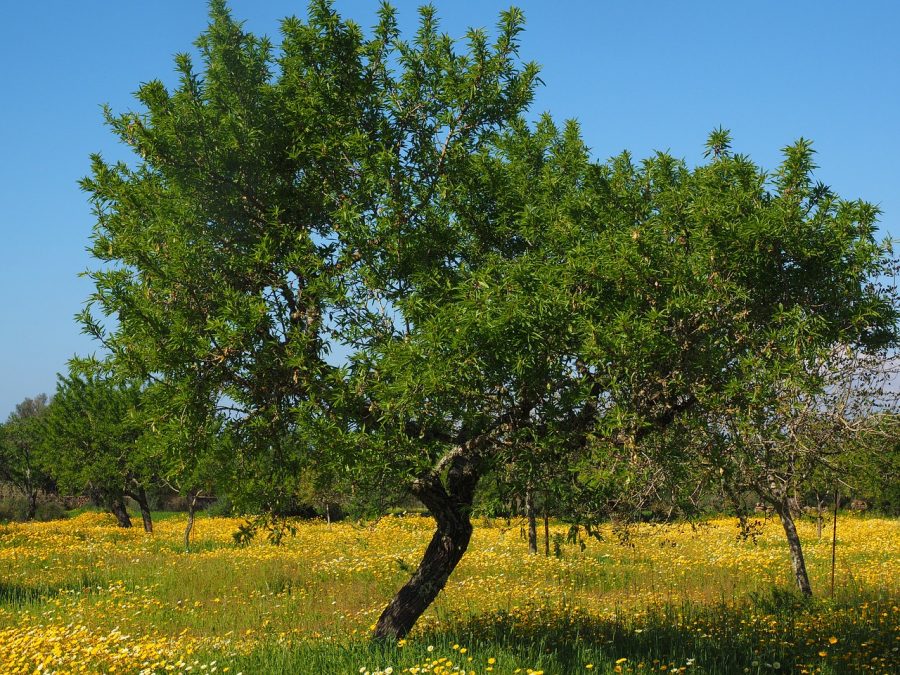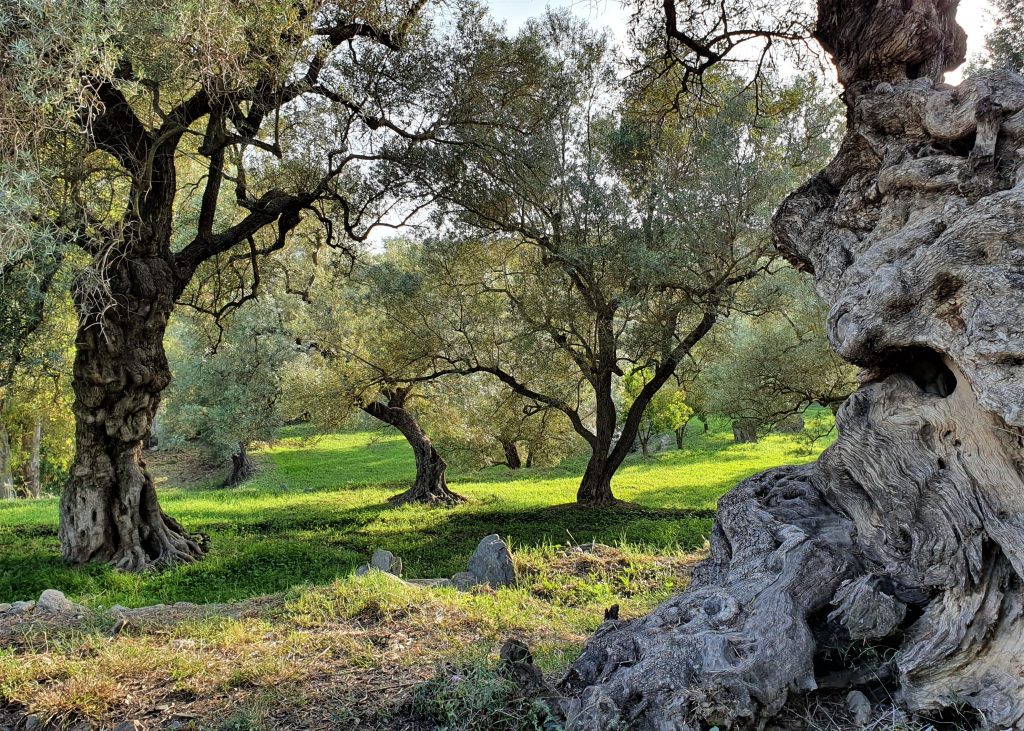Spanish olive oil has a new quality mark. Not to protect the quality and origin of the oil, but as a guarantee for greater biodiversity in olive groves.
The LIFE Olivares Vivos (living olive groves) project shows that olive cultivation is very suitable for restoring biodiversity. And with an area of 26,000 km2 of olive groves in Spain, that is good news. Fifteen brands are the first to supply their oil with the quality mark established as part of the European nature project.
For five years, scientists led by the Spanish bird protection SEO/Birdlife have mapped in detail all the flora and fauna in 40 olive groves in southern Spain. In total, they counted 165 species of birds, 58 species of ants, more than a hundred bee species, 549 grassy plants and 137 woody plant species. These species were in danger of extinction due to the use of weed killers, among other things.
Species can return with the right living conditions
In recent decades, biodiversity in the olive groves has been bad; the number of plants and animals decreased sharply. However, the extensive study by LIFE Olivares Vivos shows the orchards are still important for flora and fauna and that the species return when you provide them with the right living conditions. For example, by growing plants at the bottom of the orchard, building walls where reptiles find shelter and creating pools where toads can reproduce.
This results in almost 50% more wild bees and 10% more birds. The bees are important for pollination and the birds help against pests in the orchard. Swifts have been spotted again in twenty orchards, where things were going very badly.
More yield in olive groves
The project not only showed benefits for plants and animals, but also for farmers. The grass in the orchard protects against pests and the trees receive more water because rich soil retains more water. In addition, it ensures a more fertile soil, because the grass protects against erosion and plant residues introduce more organic material into the soil.
With soil covered with plants, organic matter appears to increase by 10 to 14 tons per hectare within four years. At one of the orchards, the production of olives increased by as much as 35%.
Mosaic landscape
The scientists involved in the project object to Spain’s agricultural policy with Europe. While olive groves offer many opportunities for biodiversity restoration, the large-scale expansion of monoculture olive cultivation is actually affecting that biodiversity. This is at the expense of landscape elements with natural vegetation, of grain fields and of the typical forest pasture in Spain and Portugal, the dehesa. As a result, the characteristic mosaic landscape which is so valuable for biodiversity disappears.



